Eklipta
PART OF THE TOTAL DESIGN FORRødovre Town Hall
Eklipta’s simple and geometric form reflects Arne Jacobsen’s stringent and minimalist architecture during the post-war era.
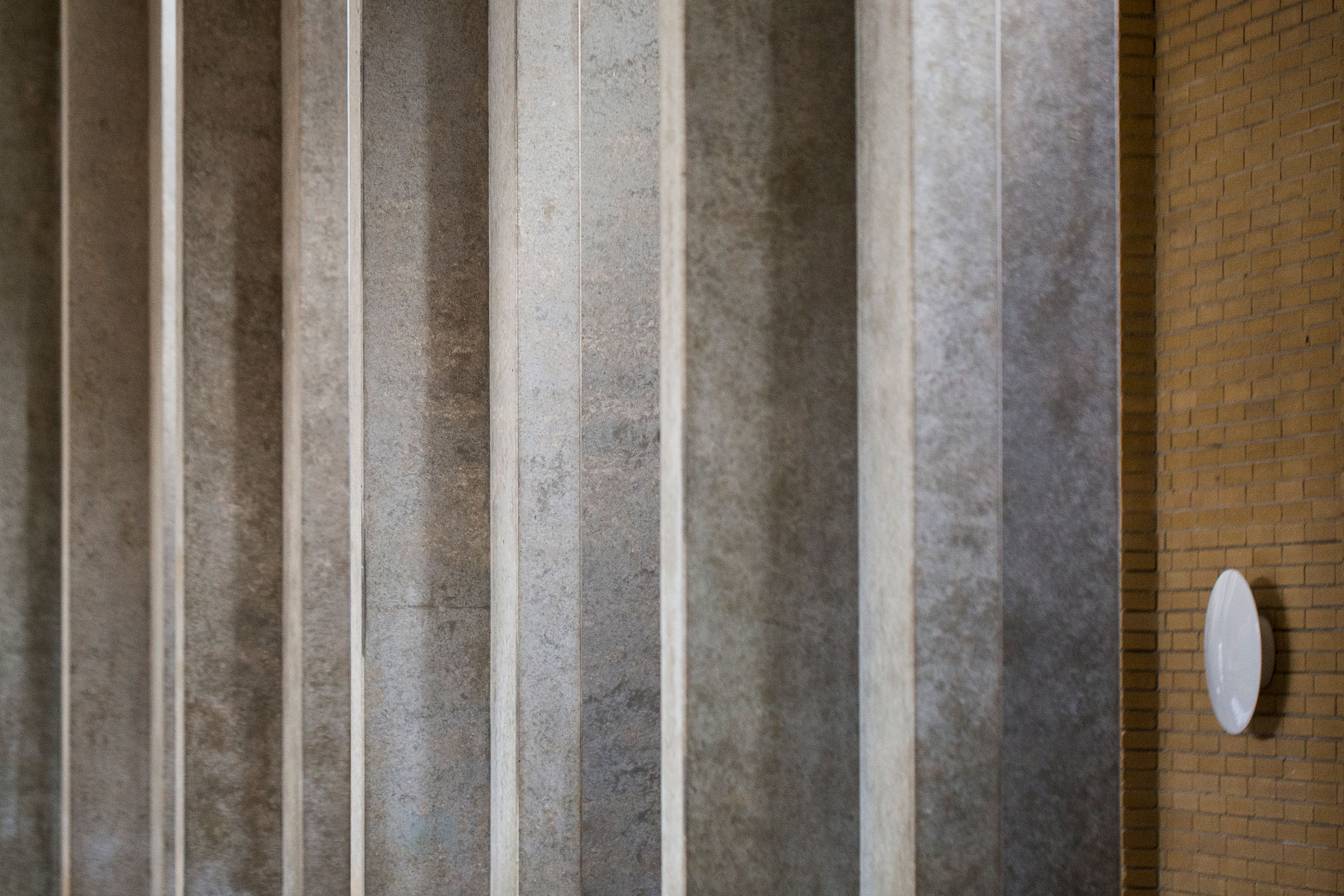
The AJ Eklipta lamp from the mid 1950s is one of the clearest examples of Arne Jacobsen’s approach to design as a means to produce the simplest, clearest, strongest figure.
After the launch, this lamp design was used in almost all the big architectural projects Arne Jacobsen designed and subsequently staged using his own designs. The first time Eklipta was used was at Rødovre Town Hall (1956), one of Arne Jacobsen’s principal works and an example of his interpretation of the modernist International Style. Here, Eklipta’s simple and clear-cut form reflects the town hall’s stringent, minimalist aesthetic.
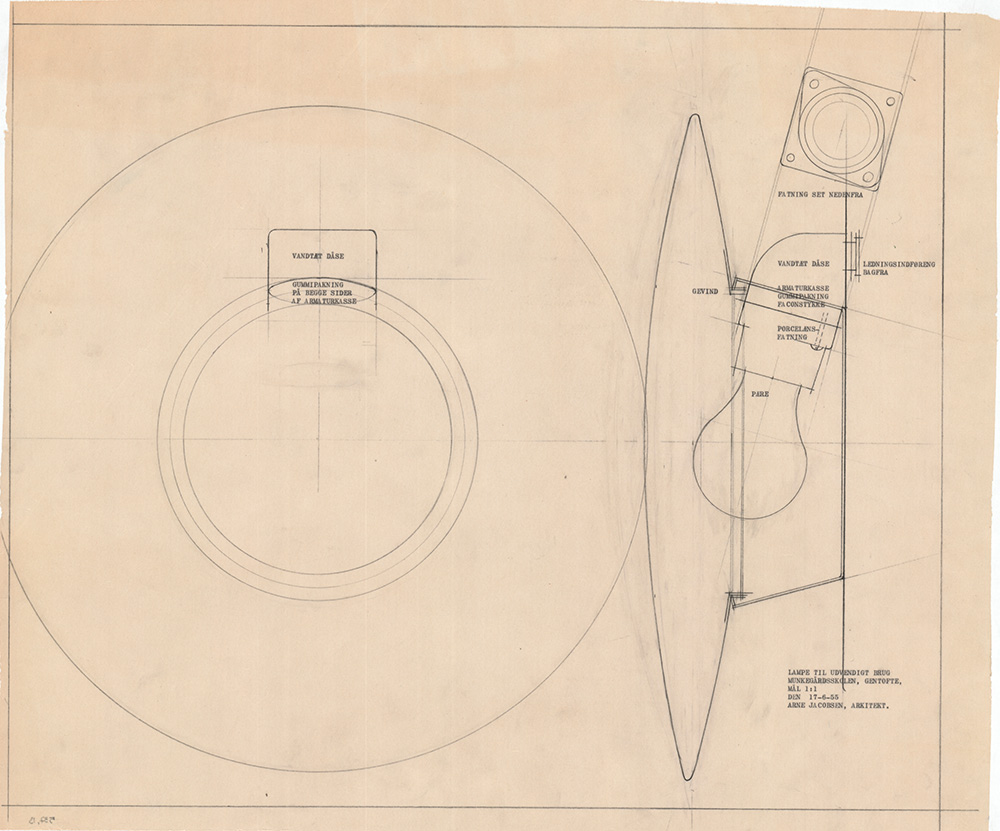
The development of AJ Eklipta began as early as 1955, when Arne Jacobsen designed an outdoor wall lamp for the Munkegaard School in Gentofte north of Copenhagen. At the inauguration of one of his other famous works of architecture, Rødovre Town Hall, the following year, Eklipta was used both on the building’s exterior walls and next to the stairwells. The simple lamp has an opal glass shade that diffuses the light and gives the light source a clearly defined shape.
Manufactured by
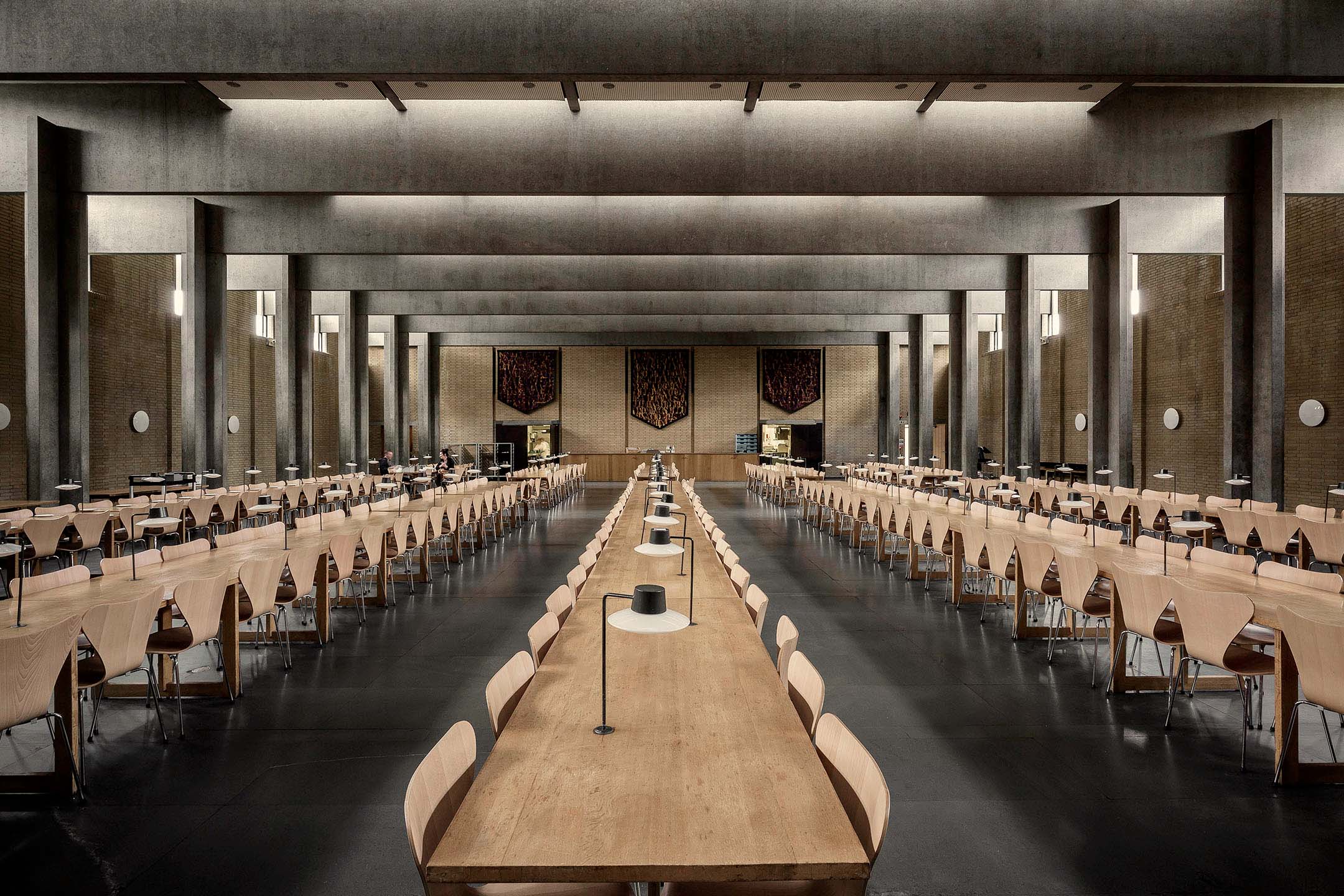
At St. Catherine’s College in Oxford, Arne Jacobsen installed a row of Eklipta lamps on the exposed yellow-brick wall in the dining hall, where it is still in place today, highlighting the column structure of the architecture.
In the 1950s, AJ Eklipta was launched in two sizes, with diameters of 350 and 450 mm. A few years later, in the early 1960s, when Arne Jacobsen was working on St. Catherine’s College in Oxford (1964), he developed a smaller version of the lamp, measuring 220 mm in diameter. Arne Jacobsen also mounted Eklipta on a metal base, creating an elegant table lamp that was used, among other places, on the tables in the dining hall, where it was flanked by Eklipta lamps on the exposed brick walls.
The effort to create a wall lamp that appears as a perfect, round form is a recurring theme in Arne Jacobsen’s lighting design. It can be traced back to some of the earliest known lamps by Arne Jacobsen and later finds a more settled form in the Munkegaard lamp from 1955 and Eklipta. This effort to reduce the form to the simplest, strongest form reflects the high-precision minimalism Arne Jacobsen was aiming for in both architecture and design during this period.
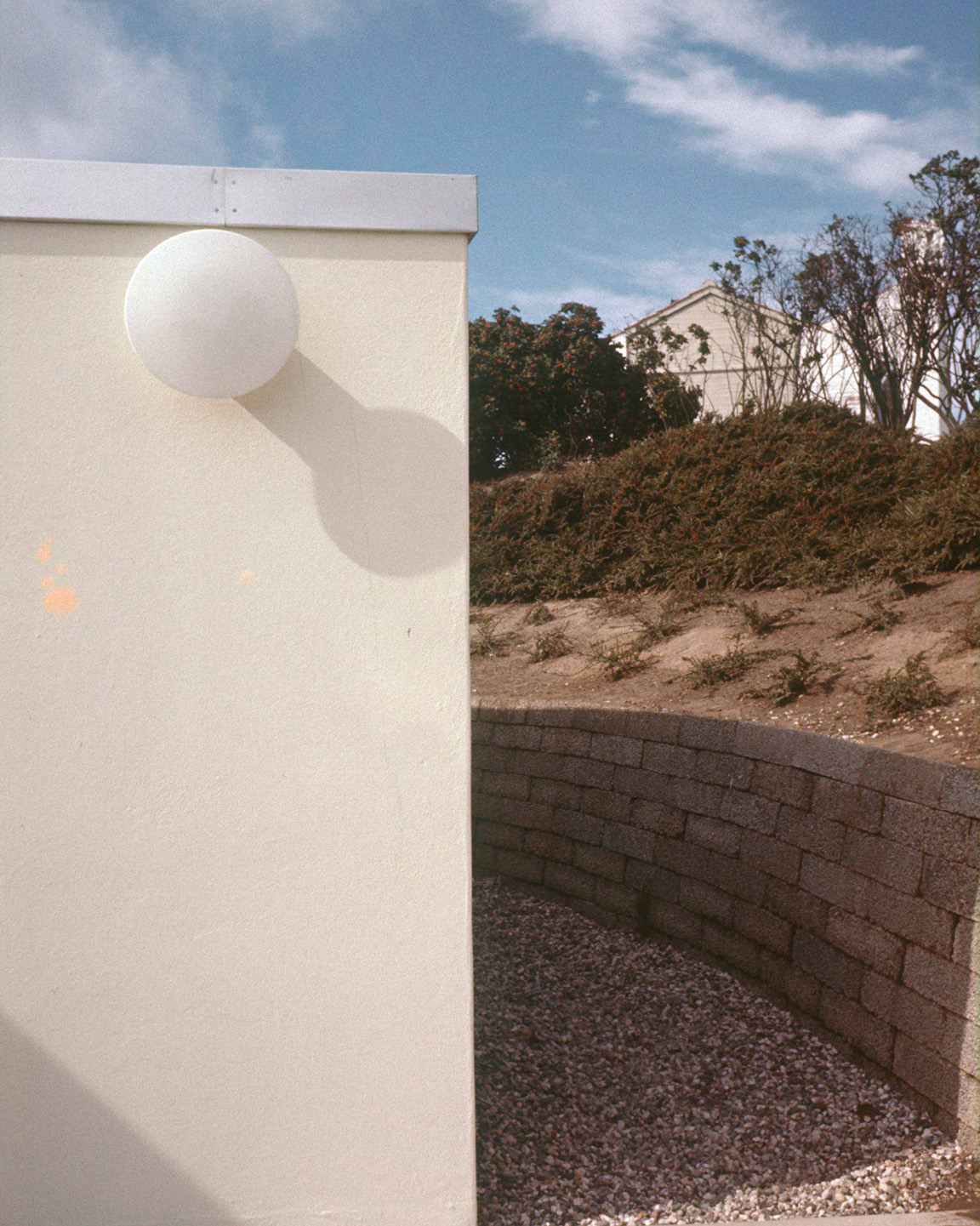

The effort to create a wall lamp that appears as a perfect, round form is a recurring theme in Arne Jacobsen’s lighting design. It can be traced back to some of the earliest known lamps by Arne Jacobsen and later finds a more settled form in the Munkegaard lamp from 1955 and Eklipta.
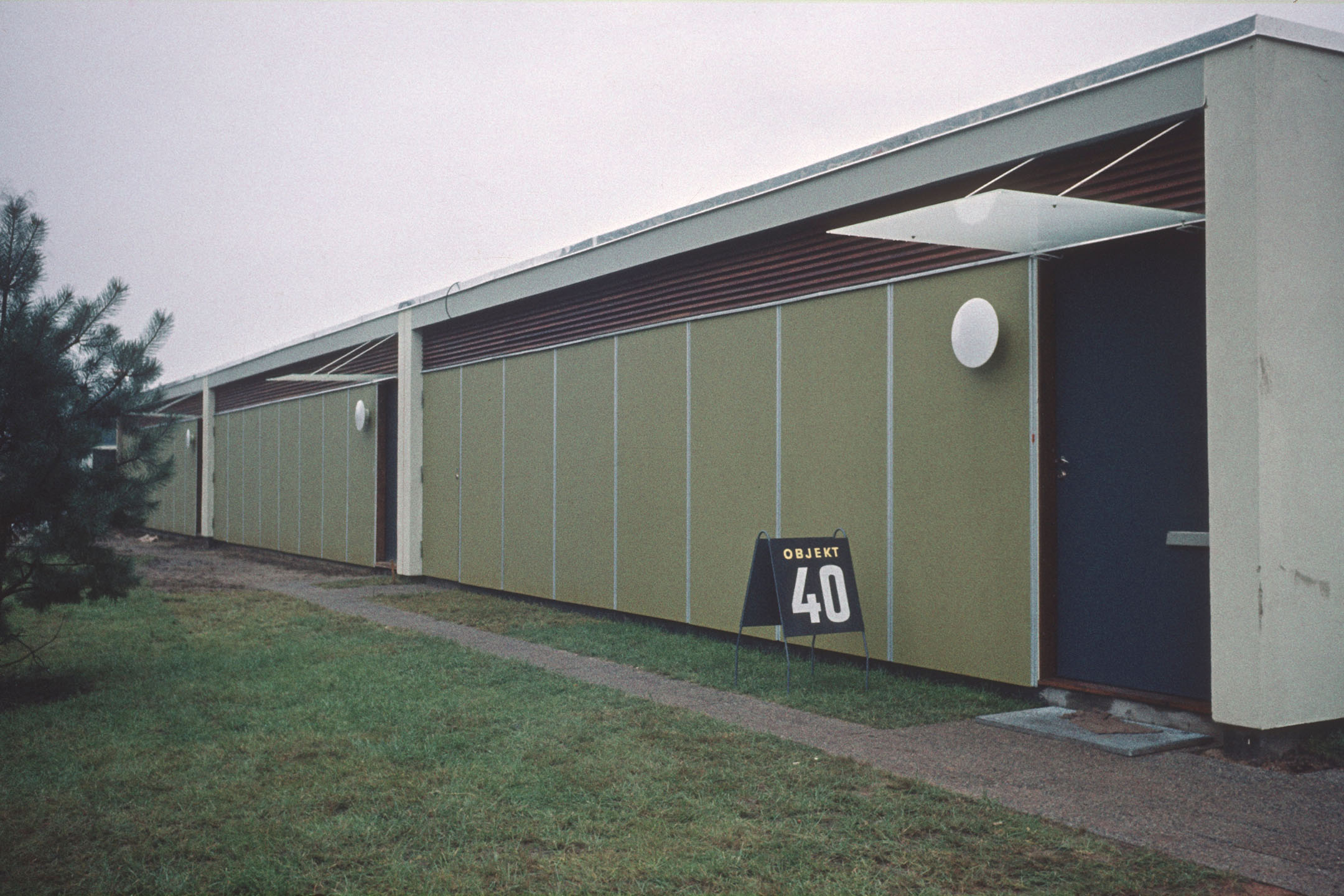
AJ Eklipta’s simplified form lends the design a high degree of versatility, which Arne Jacobsen made the most of. He often used it to stage his architecture projects, both in smaller, private homes and in big, public projects. In private homes, the lamp was often mounted on the wall as a perfect circle in extension of the simple geometry of the architecture. In other, larger projects, Arne Jacobsen installed Eklipta lamps in long rows that underscored the architectural construction and serial repetition. At St. Catherine’s College in Oxford, for example, Arne Jacobsen installed a row of Eklipta lamps on the exposed yellow-brick wall in the dining hall, where it is still in place today, highlighting the column structure of the architecture.
Sources: Arne Jacobsen Design Archives. / Arne Jacobsen’s drawings. The collection of architectural drawings, The Royal Library – Danish Art Library. / Stenum Poulsen, K., Skaarup Larsen, A., & Staunsager, S. (2020). Arne Jacobsen – Designing Denmark. Kolding: Trapholt. / Thau, C., & Vindum, K. (1998). Arne Jacobsen. Copenhagen: Danish Architectural Press.

